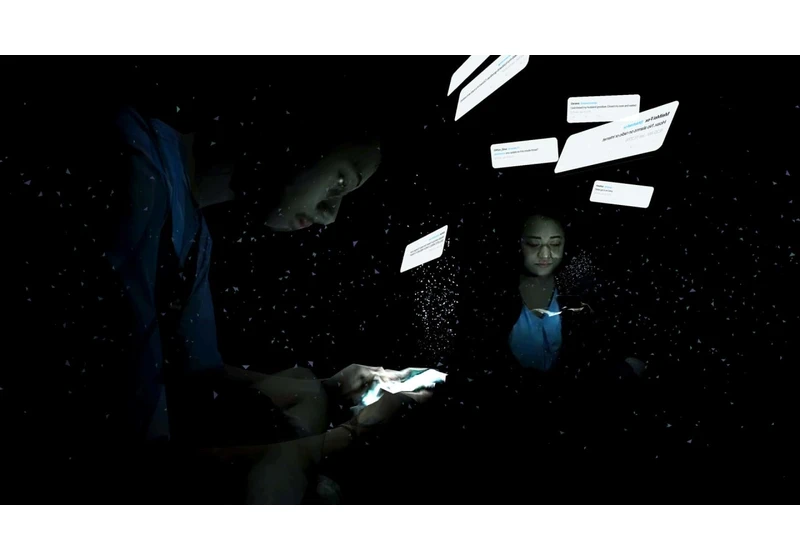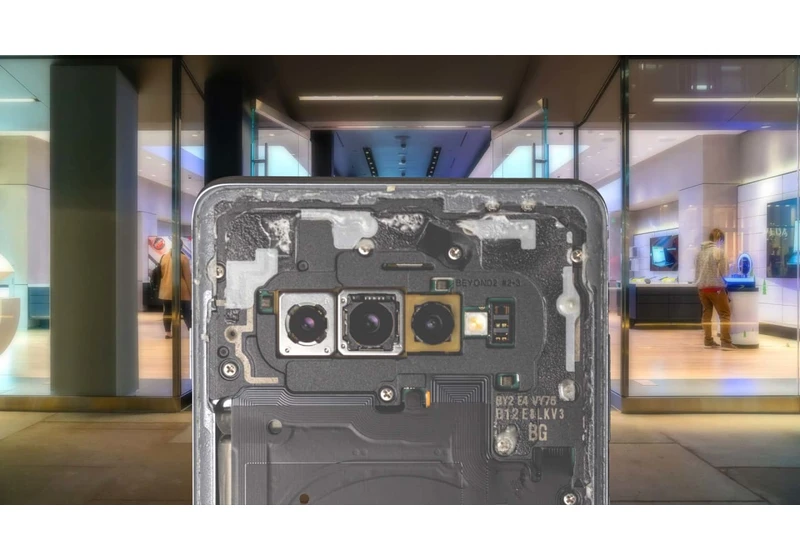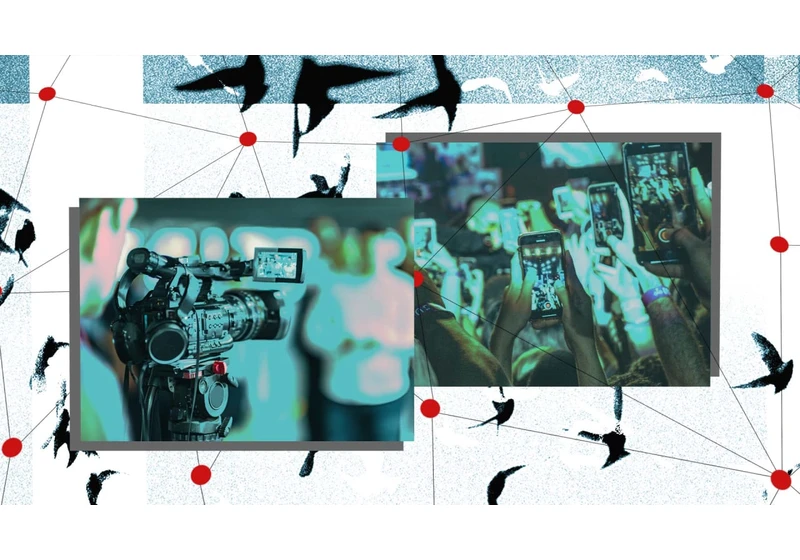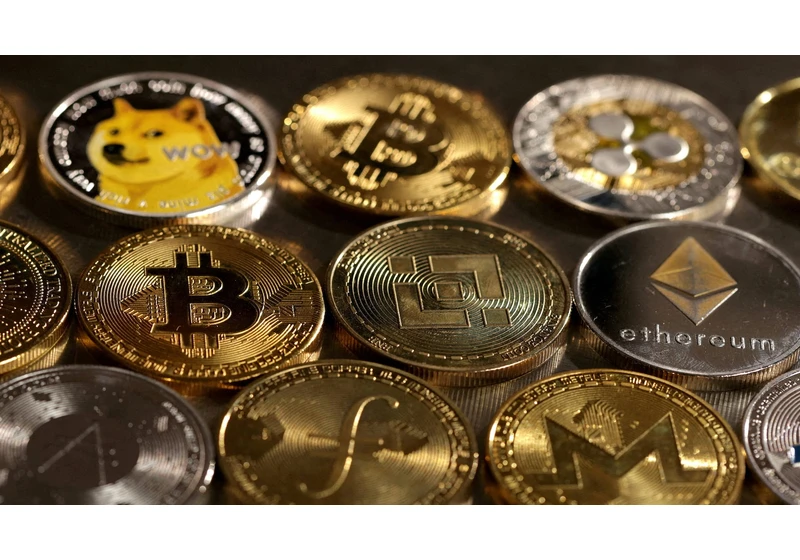
If there’s one thing we know for sure about the metaverse, it’s that we don’t know anything for sure about the metaverse. Not yet, anyhow. Theoretically, it will be an open, shared experience that’s at least vaguely akin to virtual reality, augmented reality, or some combination thereof—a digital environment that we feel like we’re living inside, rather than observing on a screen. But for all the relentless hype the metaverse is getting, it’s depe

While cryptocurrencies have been torched in China, their fellow blockchain technology, NFTs, have stayed relatively unscathed. There currently exists no regulation of the digital collectibles in the country, and people can buy them freely from online marketplaces—although they must pay in renminbi, not BTC or ETH, and the tokens are also not built on popular blockchains like Ethereum, but rather ledgers under Chinese regulators’ purview. Even so, their fortunes may now be turning a

For much of the world, the growing fears of a nuclear attack are something new—or, in some cases, something they haven’t felt for a very long time. For the people in Hawaii, it’s all too recent. On January 13, 2018, 1.4 million residents throughout the state received an alert on their phones that transformed a sleepy Saturday morning into one of sheer panic: “BALLISTIC MISSILE THREAT INBOUND TO HAWAII. SEEK IMMEDIATE SHELTER. THIS IS NOT A DRILL.” Reading about

Did you know that you could tap the back of your phone to make it quick-launch apps, settings, and shortcuts? Although I feel mild shame for not knowing such a feature existed until now, I feel even greater joy that it’s part of my life. It’s life-changing, friends. Here’s how it works on an iPhone—and two ways to get something similar on an Android phone. iPhone Back Tap On the iPhone, this feature is called Back Tap, and it’s been around since iOS 14. You

Samsung has become the latest phone maker to get ahead of right-to-repair legislation by helping customers fix their own devices. Starting this summer, Samsung says it will sell genuine parts and tools to customers needed to repair its Galaxy S20 and Galaxy S21 smartphones, along with its Galaxy Tab S7+ tablet. The company, which is partnering with device repair resource iFixit on the initiative, will also provide access to step-by-step repair guides, and it plans to support more devices and rep

From film and digital portfolios to the infinite scroll of social media, photography has long fueled our imagination, evolving in step with our technology while helping us distill a timeless version of reality. Think about flipping through your camera roll. Colors, faces, landscapes whizzing by. Photos have the power to transport you. And yet the destination remains two-dimensional, no matter how high the pixel count or how masterful the composition. Imagine the reality-altering effe

Listen to the latest episode of Fast Company’s Creative Control podcast on Apple Podcasts, Spotify, RadioPublic, Google Podcasts, or Stitcher.
In 2020, Dr. Muneeb Shah started posting on TikTok out of boredom. As a resident dermatologist at Campbell University in North Carolina, he figured he’d make videos about skin issues that frequently came up during his clinic sessions. Two years later, he’s still posting the same kind of content—but now with 13.8 million TikTo

For all the meetings most of us seem to have on our calendars these days, you’d think the act of scheduling would be a heck of a lot easier. Sure, Google Calendar has its own built-in booking system, which is rolling out slowly but surely as we speak. But that system is available only for paying Workspace customers, and it feels more imitative than innovative. The source of its inspiration is pretty clearly Calendly—the de facto standard scheduling tool for business professionals.

For the third time in seven years, Washington and Brussels have shaken hands on a deal to keep customer data flowing—and to keep a certain American social network afloat—across the Atlantic. The new Trans-Atlantic Data Privacy Framework’s provisions for E.U. individuals to seek redress against overreaching U.S. intelligence collection may or may not survive court scrutiny in Europe. But this much about the arrangement seems clear: Once again, U.S. inaction on privacy has let

When the British army liberated the Bergen-Belsen concentration camp in April 1945, they found horrors so shocking that a journalist’s eyewitness reports to the BCC were held for days because their veracity was in doubt. “We lived among heaps of bodies,” says Anita Lasker-Wallfisch, a survivor of the camp whose firsthand experience at both Bergen-Belsen and Auschwitz is now memorialized in a 130-minute video testimony. In the 1998 video, she tells an interviewer from the USC


